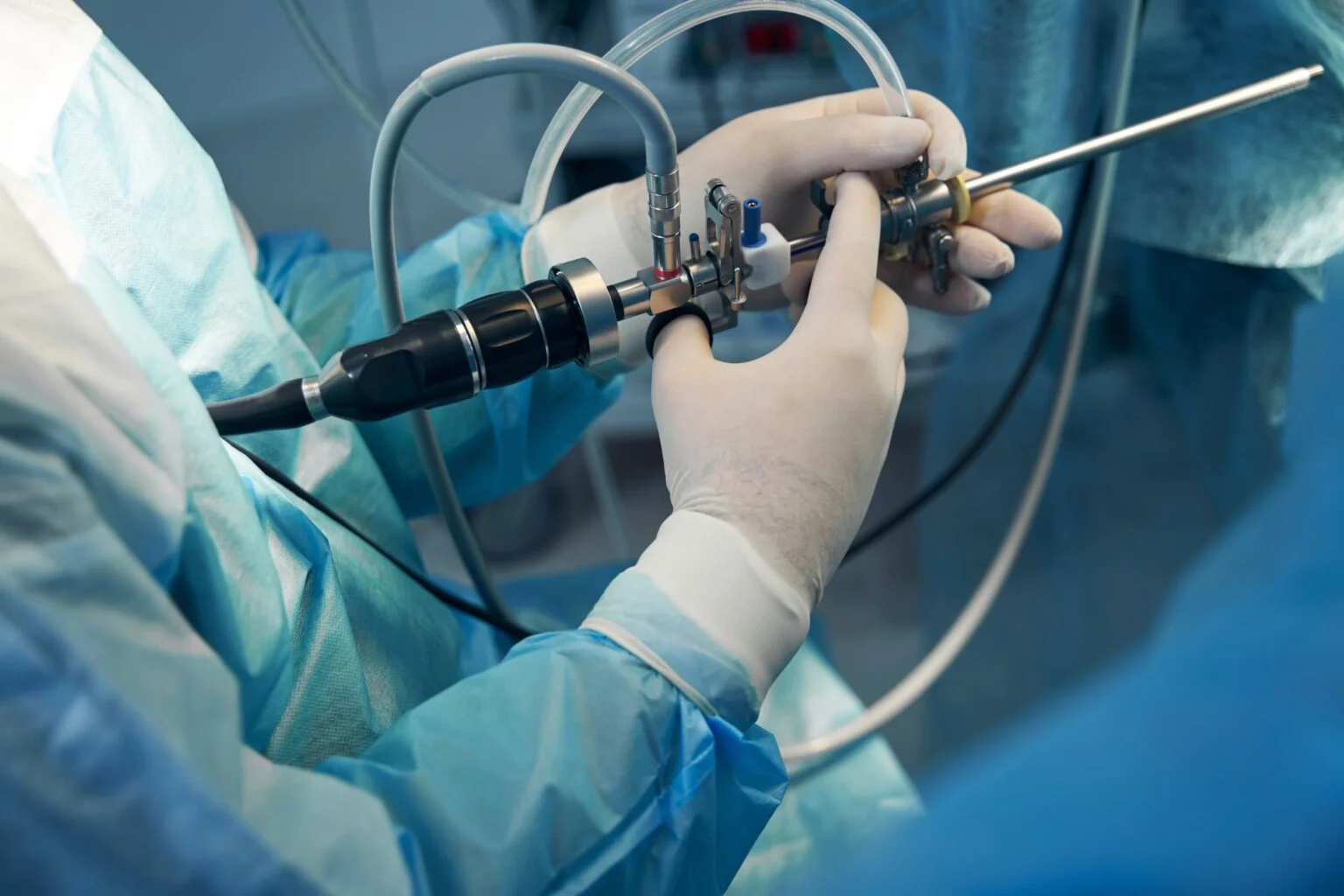
Urethrocistoscopy: what it is and how transurethral cystoscopy is performed
Transurethral cystoscopy is an endoscopic diagnostic examination performed with an instrument called a cystoscope, which may be rigid or flexible
The flexible cystoscope is less invasive than the rigid one as it has an extremely thin gauge and the possibility of bending the end of the instrument also allows a more accurate and less uncomfortable endovesical view.
How transurethral cystoscopy is performed
Transurethral cystoscopy is performed under local anaesthesia by placing lubricating gel, containing anaesthetic, into the urethra through the external urethral meatus, while general anaesthesia is sometimes necessary for some operative procedures during cystoscopy.
The cystoscope is introduced into the urethra through the external urethral meatus and ascends to the bladder, which is distended with irrigating solution in order to inspect the entire bladder mucosa.
The duration of the examination varies from 5 to 20 minutes, depending on the ease with which the bladder lumen can be reached to study all parts of the bladder.
The day before the examination the patient who is to perform the endoscopic examination must begin an antibiotic prophylaxis that will continue for 4/5 days and at the time of the examination the patient must have sterile urine, therefore a week before the examination he must perform a urine test with urine culture and ABG.
The cystoscopic examination is more uncomfortable and in some cases painful, more so in males than in females due to the greater length and smaller diameter of the male urethra.
It allows the visual study of the entire urethra, the bladder neck and bladder mucosa in its entire width and the ureteral meatuses.
When it is necessary to perform transurethral cystoscopy
This examination is performed when patients present with
- haematuria
- recurrent bacterial and abacterial cystitis
- interstitial cystitis
- frequent urinary tract infections
- irritative and obstructive urination disorders
- bladder stones
- the study of bladder neoformations indicated by diagnostic radiological or ultrasound examinations
- on the basis of positive cytological examinations
- bladder diverticulosis
- suspected urethral stenosis or sclerosis of the bladder neck
- chronic pelvic pain
- bladder incontinence.
This examination may present, like all endoscopic procedures, complications such as
- urethrorrhagia
- haematuria
- urethral lesions
- urinary burning
- urinary urgency
- fever
- acute retention of urine
However, these complications are generally temporary and easily treated with appropriate drug and medical therapy.
Read Also
Emergency Live Even More…Live: Download The New Free App Of Your Newspaper For IOS And Android
Vulvodynia: What Are The Symptoms And How To Treat It
What Is Vulvodynia? Symptoms, Diagnosis And Treatment: Talk To The Expert
Accumulation Of Fluid In The Peritoneal Cavity: Possible Causes And Symptoms Of Ascites
Accumulation Of Fluid In The Peritoneal Cavity: Possible Causes And Symptoms Of Ascites
What’s Causing Your Abdominal Pain And How To Treat It
Pelvic Varicocele: What It Is And How To Recognise The Symptoms
Can Endometriosis Cause Infertility?
Transvaginal Ultrasound: How It Works And Why It Is Important
Candida Albicans And Other Forms Of Vaginitis: Symptoms, Causes And Treatment
What Is Vulvovaginitis? Symptoms, Diagnosis And Treatment
Vaginal Infections: What Are The Symptoms?
Chlamydia: What Are The Symptoms And How To Treat It
Chlamydia, Symptoms And Prevention Of A Silent And Dangerous Infection
What Are The Symptoms Of Urethritis And How Is It Treated?


